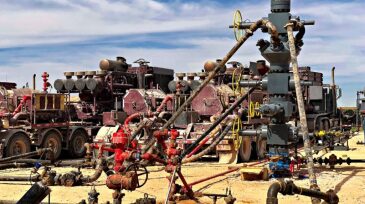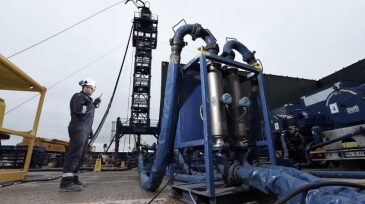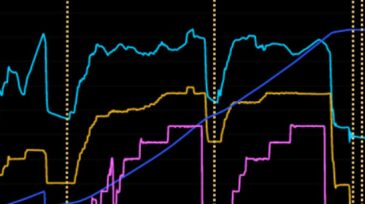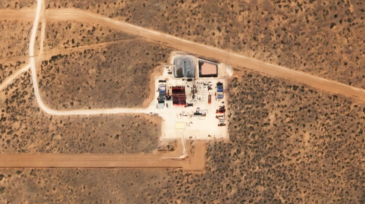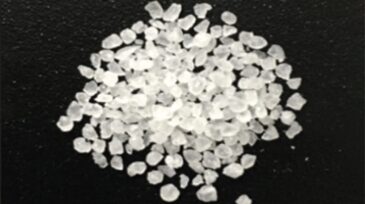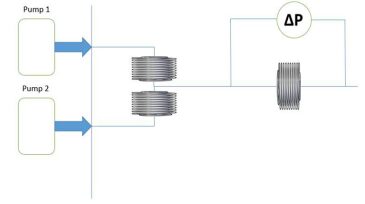Fracturing/pressure pumping
Technology developers expect the tight-oil industry to give lightweight proppants another look after the Permian Basin’s biggest operator becomes an adopter.
Outstanding papers over the past year have addressed topics such as casing deformation, well spacing, frac-design optimization, proppant transport in the well or in fractures, integrating diagnostics from field trials, and exploring the effects of lateral length on production.
In this third work in a series, the authors conduct transfer-learning validation with a robust real-field data set for hydraulic fracturing design.
-
First developed as a proprietary system by a large Permian Basin operator, this hydraulic fracturing schedule exchange will be run by a data company and opened up to the entire North American shale sector.
-
The UK shale operator will move forward with fracturing and testing its second well at its Lancashire site despite strict constraints on induced seismicity that hampered fracturing work on its first well.
-
Usually, field engineers manually pick events such as start and end times out of hydraulic-fracturing pumping data. This manual process is time-consuming and prone to error. Now, a Denver-based company is using machine learning to identify these events more accurately and consistently.
-
As the hydraulic fracturing market faces pressure to lower costs, Keane Group and C&J Energy Services announce they will combine their businesses.
-
The evolution of hydraulic fracturing is a long and circuitous one that deserves examination. Engineering and completions leaders from Liberty Oilfield Services did just that, authoring a paper that encapsulates the high points in the development of the groundbreaking completions practice.
-
This paper presents a newly developed model to predict the breakdown pressures in cased and perforated wells.
-
As gas development focuses more on tight and ultratight formations, the challenges to produce economically become diverse and more intense. One main challenge faced while fracturing a well is a high fracture gradient.
-
This paper presents a newly designed triaxial fracturing system and describes a series of experiments that verified the validity of tool-free chemical diversion for multistage fracturing of openhole horizontal wells.
-
This paper presents a unique work flow that addresses in real time the challenges of perforation and fracture-treatment design while accounting for the lithologic and stress variability along the wellbore and its surroundings.
-
In this study, a laboratory analysis was conducted to study the effect of a phosphonate-based scale inhibitor on a mixture of hypersaline Arabian Gulf seawater and formation water under high-temperature/high-pressure conditions.




